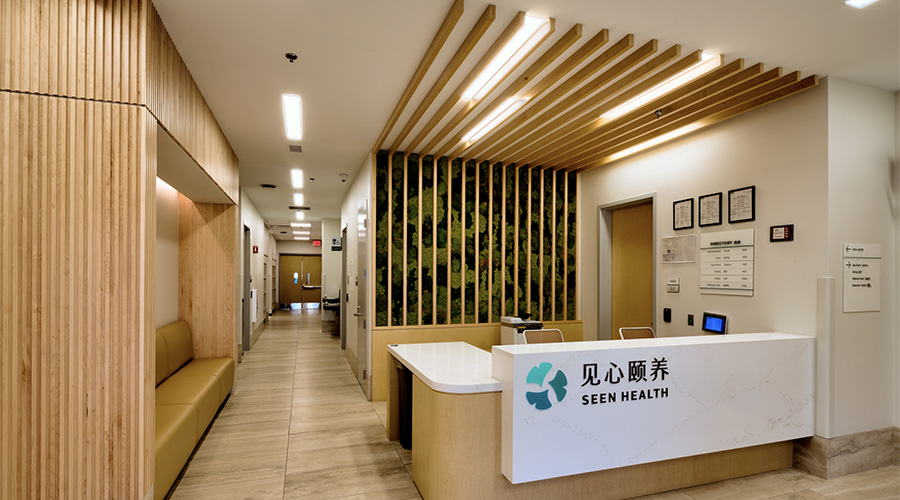To successfully integrate electric vehicle (EV) charging into a healthcare facility’s infrastructure, facility managers must take a forward-thinking approach. EV charging represents a significant investment of both time and resources, making it essential to carefully plan how charging stations can be incorporated – both to meet current needs and to allow for future expansion.
In this manufacturer roundtable, Healthcare Facilities Today spoke with EV charging manufacturers about how healthcare facility managers can effectively future-proof their buildings for charging integration.
What steps can healthcare facility managers take to future-proof their buildings for EV charging installation?
“There are a number of steps managers can take to prepare for the future:
- Plan for scaling up in the future: Design the EV charging infrastructure with scalability in mind. Choose systems that can be easily expanded as demand for EV charging grows.
- Invest in smart chargers: Choose smart charging systems that allow real-time monitoring and management of charging stations. These systems can optimize energy use, track charging sessions and provide data analytics to improve operational efficiency.
- Stay updated about regulations: Track local regulations, such as accessibility standards and building codes. Compliance is crucial to avoid potential penalties and legal issues.”
— Jenifer Yokley, chief marketing officer, Blink Charging
“As the EV market continues to surge, healthcare facilities are recognizing the need to adapt their infrastructures to support EV charging stations. For facility managers looking to future-proof their buildings, a strategic approach to upgrading electrical systems is essential. This involves not just meeting the current demands but also planning for future expansion, ensuring that the infrastructure can handle a gradual increase in electric vehicles without requiring frequent, disruptive renovations.
Firstly, upgrading the electrical service to include additional amperage is a crucial step. This foresight accommodates not only the immediate needs but also future expansions, as more EVs begin to populate the parking lots of healthcare facilities. Integrating robust electrical systems, including reinforced panel boxes and transformers capable of handling increased loads, will ensure that the facility remains capable and flexible in the face of evolving technologies.
Additionally, installing separate meters for the charging stations can streamline operations and maintenance. This setup allows for easier monitoring and management of electricity usage specific to EV charging, separate from the facility's general power usage.
Many healthcare workers and professional staff are drivers of EV and perhaps require a segregated fenced in area to accommodate shift changers. In that case provisions should be made to include those future needs.
Security is another vital aspect. Adequate lighting clearly posted rules and regulations, and visible signage are necessary to ensure both the safety of users and the security of the charging stations. Moreover, physical infrastructures such as fencing, ballasts, guard rails and proper striping and painting of designated EV spaces will not only safeguard the equipment but also enhance the accessibility and efficiency of the charging area.
Furthermore, considering the placement of charging stations near existing power sources can significantly reduce installation costs and complexity. By minimizing the need for extensive trenching and long-distance cabling, facilities can save on initial costs while setting the stage for easier scalability.
In summary, by thoughtfully upgrading electrical systems, ensuring robust security measures and strategically placing charging stations, healthcare facility managers can effectively future proof their buildings. This forward-thinking approach not only addresses the growing demand for EV infrastructure but also positions healthcare facilities as leaders in embracing sustainable practices.”
— Eli Braha, executive vice president, EVectriFi Technologies Inc.
Jeff Wardon, Jr., is the assistant editor for the facilities market.

 How Efficiency Checklists Help Hospitals Save Energy, Water and Money
How Efficiency Checklists Help Hospitals Save Energy, Water and Money Designing with Heart: Seen Health Center Blends Cultural Warmth and Clinical Care
Designing with Heart: Seen Health Center Blends Cultural Warmth and Clinical Care Rutgers Health and University Hospital Breaks Ground on Campus Expansion
Rutgers Health and University Hospital Breaks Ground on Campus Expansion What to Consider When Modernizing Healthcare Facilities
What to Consider When Modernizing Healthcare Facilities Corewell Health Beaumont Troy Hospital to Build New Tower
Corewell Health Beaumont Troy Hospital to Build New Tower